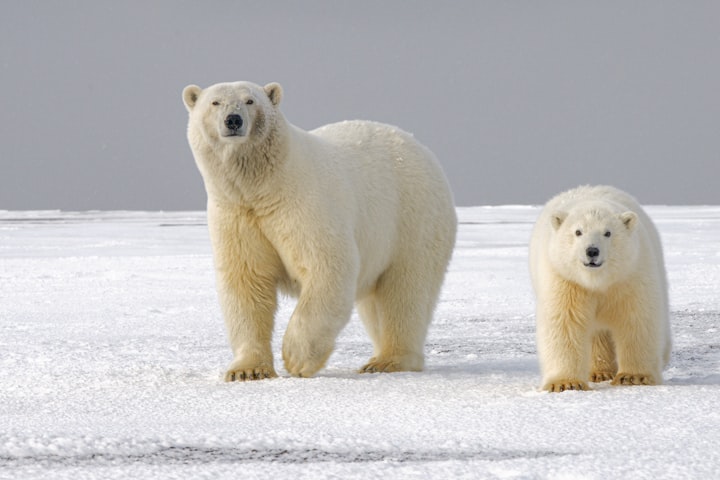
When the weather gets cold, you put on a coat to keep warm. If it’s hot, you wear a hat or fan yourself to cool down. Those are both ways of adapting to your habitat. While animals don’t have clothes, they do have built-in ways of keeping the right temperature and protecting themselves in the habitat they live in.
Over many years and generations, animals have changed in order to survive and thrive in the environments they live in. This process is called adaptation.
There are a number of ways that animals adapt – these can be inside or outside their bodies, in ways that they act, or even in ways that they work with other animals in their habitat. If you suddenly took an animal outside its habitat into something completely different, all those adaptations wouldn’t work anymore, and it wouldn’t be good for the animal. Some facts about animal that are interesting to know are;
1. Every habitat on our planet is home to different animals and plants that are uniquely adapted to live there.
2. In order to survive, animals need to make sure they have food, water, oxygen, shelter, and a place to raise their offspring.
3. Animal adaptation describes all the ways that animals know how to survive in their habitat.
4. Animal adaptation doesn’t happen immediately – it’s taken many years of new generations of animals being born with characteristics that have suited their habitat better.
5. The same kind of animal, like an owl, can have many different species that are each adapted to different habitats. Owls live all over the world in many different climates.
6. Animals also adapt to their habitat through having special built-in things about themselves that protect themselves from predators. This can be poison that forms naturally on their skin, or just knowing the best places to hide when it’s time for a nap.
7. Camouflage is one way animals have adapted to their environment – they’ve started looking like it! For example, animals that live in the Arctic often have white fur, which matches the color of snow.
8. Animals have had to adapt to the climate they live in, too. If it’s always very cold, they sometimes have an extra layer of fat to help keep them warm (like polar bears do).
9. If a habitat gets too cold during the winter, some animals have adapted by just leaving it! They come back when it warms up again. This is called migration.
10. Animals can also adapt by working together with other animals – this is called symbiosis. Each animal has something that the other needs, and they help each other survive. It’s good teamwork!
11. Plants adapt to their environment, too. For example, cacti in the desert have adapted by not needing much water to survive.
The reason why animals are happiest when they’re living in their natural habitat is because they’ve adapted to be comfortable there. They’re used to all of the funny things about it, and it’s their favorite place on Earth.Adaptation takes a very long time – it’s part of how animals have evolved, and how different species of animals have come to be.
Animals are often the same color as their habitat – and some can even change their color to match where they’re sitting! This is called camouflage. For example, lots of animals in the rainforest are green – this is because the rainforest is mostly green.
Adaptations can be lots of different things, but they usually fall into one of these groups:
Structural – things about animal inner and outer bodies that have helped them adapt to their environment, such as a giraffe’s tall neck that means it can eat leaves on tall trees.
Physiological – special ways that animals’ bodies work to help them survive in whatever condition they’re in, such as camels in the desert conserving water and being able to go days without drinking.
Behavioural – things that animals do that make life a lot easier in their habitat, such as meerkats in living in the ground so they stay safe from predators






Comments (3)
Wow
I'm enjoying this article for its excellent writing and informative content.
Wow! Amazing